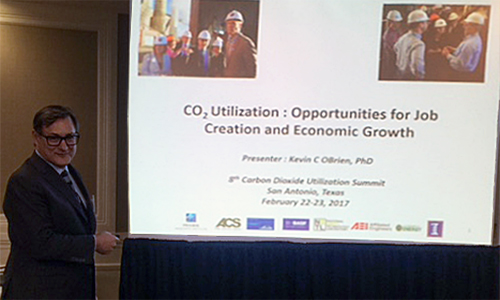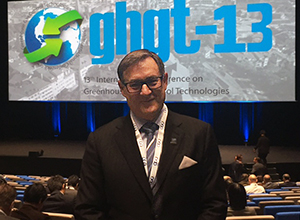WRITTEN BY: John Mulunda, ISTC intern
Can you guess which energy source has had an average annual growth of 59% in the past decade? If you guessed solar energy then you’re right. Solar energy’s sustained annual growth is due to advances in module technology creating competitiveness with other energy technologies, as well as the decline in soft costs for residential and small commercial installations.
About Solar Panels
Simply put, solar panels are devices that turn the sun’s light into electricity. Each solar panel is made up of multiple cells connected/wired together to create the necessary electrical power needed for the application. Most solar panels on the market today are made from silicon, a semiconducting material. Each cell contains a semiconductor wafer that forms an electric current that is positive on one side and negative on the other. When light energy hits the solar panel, electrons are knocked loose from the atoms in the semiconductor material. If electrical conductors are attached to the positive and negative sides, they form an electrical circuit for electricity to flow to an electrical load such as a light or computer.
Issues
With the large increase in expected solar installations in Illinois and beyond over the next several years, what happens to these panels if they are damaged or when they reach the end of their design-life? While some of them are being repurposed or recycled, many are ending up in landfills. However, landfill disposal may not be the best use of human and natural resources. The International Renewable Energy Agency (IRENA) estimates that by 2050, there will be 60 to 78 million cumulative metric tons of solar panel waste globally. Careful deconstruction of this waste is essential to recover component toxics (cadmium, lead) and valuable metals (silver, iridium, gallium) that otherwise would be landfilled, which prevents possible contamination of water and air systems through leaching and open burning, respectively.
In addition, recyling solar panels allows the opportunity to recover metals, such as silver, aluminum, silicon, and gallium, that would otherwise have to be extracted. In fact, it takes a lot of work to extract gallium because it is not found as a free element in nature. It exists only in trace amounts of various compounds such as zinc or aluminum ores.
Law & Policy – Planning for the Future
There is a bright side to all of this: the value of the recovered materials from solar panel recycling and reuse could be over $15 billion by 2050. Furthermore, many countries have thought about what to do with damaged and or end-of-life solar panels.Some governments have already created laws, while others are in the process of doing so. The European Union (EU) passed a law that requires all producers who sell solar panels in the EU to pay the costs of collecting and recycling panels.
In the U.S., there are no federal laws for solar panel disposal, but the Solar Energy Industries Association (SEIA) is working to establish a national network of certified solar recyclers. Additionally, the State of Washington requires solar manufacturers that sell in Washington to finance the upfront costs of collecting and recycling the panels. The state of New York is in the process of writing a law that will allow the Department of Environmental Conservation (DEC) to work with manufacturers to create a program to help with the collection, transportation, recycling, and disposal of used solar panels. This program would be funded by the manufacturers.
As of 2018, Illinois does not have solar panel recycling regulations. The Illinois Sustainable Technology Center is working with the Illinois EPA, Illinois Solar Energy Association, SEIA, and recycling companies to create a solar panel recycling network. On July 18, 2018, ISTC staff, Nancy Holm and Jennifer Martin, will be at a SWANA Illinois meeting presenting a joint talk about how to make the emerging solar panel market in Illinois more sustainable through recycling.



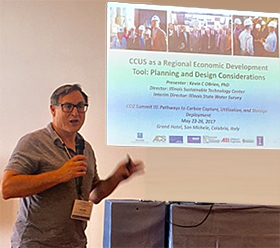
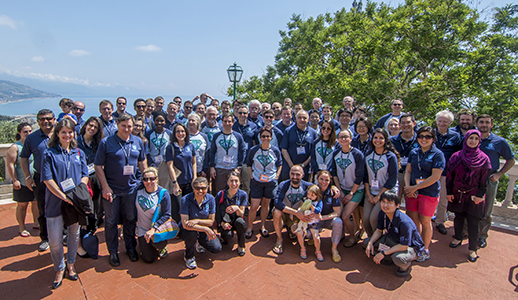
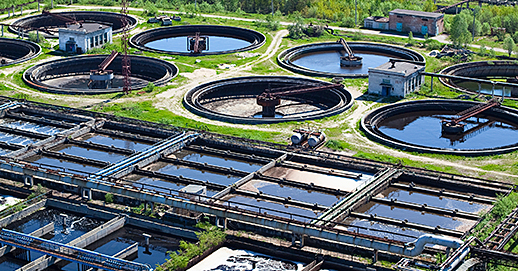
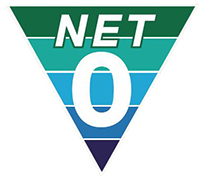 The U of I system will be demonstrated over a two-month period at
The U of I system will be demonstrated over a two-month period at 